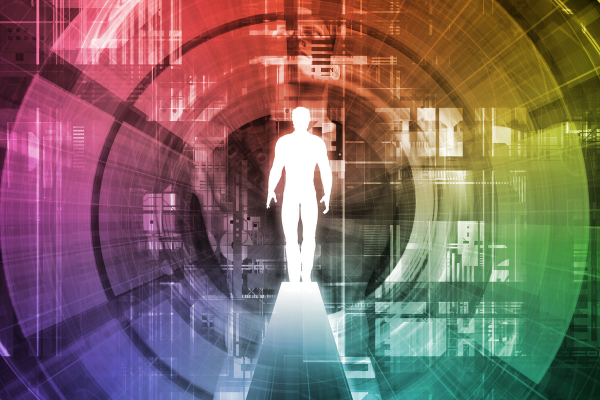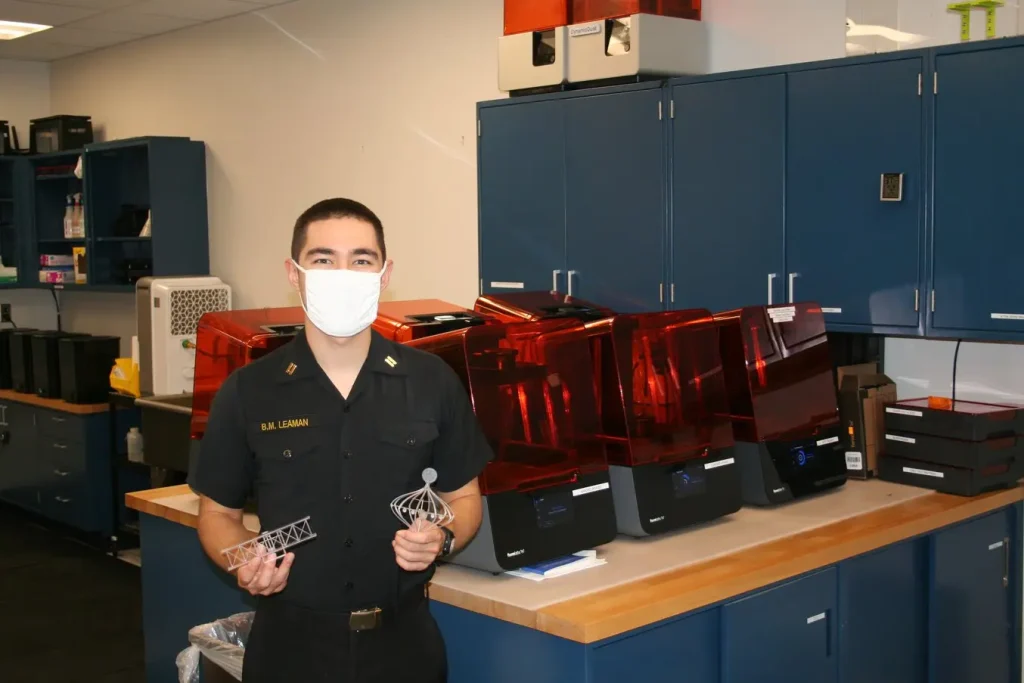By: Allison Ryder of Continuum
What can we make of the Internet of Things? I
recently attended Mass TLC’s The Value of Things conference, a gathering of
software developers, middleware providers, professors, data scientists, and
software platform vendors, to educate myself on how startups and enterprise
organizations are creating more sophisticated systems to capture data, making
sense of what they gather, and identifying the human impact of these
technological advancements.
recently attended Mass TLC’s The Value of Things conference, a gathering of
software developers, middleware providers, professors, data scientists, and
software platform vendors, to educate myself on how startups and enterprise
organizations are creating more sophisticated systems to capture data, making
sense of what they gather, and identifying the human impact of these
technological advancements.
We’ve really been thinking about connecting objects to the
Internet since 1999, as a way to learn more about the world around us.
A highlight of the day for many was the afternoon keynote from MIT Professor Sanjay Sarma, founder of the school’s Auto-ID center. Sarma
spoke in detail about RFID tags and sensors, which could be placed
in cars, under carpets, and–more recently–in retail
stores to share information about clothing.
Internet since 1999, as a way to learn more about the world around us.
A highlight of the day for many was the afternoon keynote from MIT Professor Sanjay Sarma, founder of the school’s Auto-ID center. Sarma
spoke in detail about RFID tags and sensors, which could be placed
in cars, under carpets, and–more recently–in retail
stores to share information about clothing.
Sensors were a key topic, with the central
question being, how do we capture data? Another focus was the acknowledgement
that data needs to be turned into information, in order to make it
meaningful to all parties involved.
question being, how do we capture data? Another focus was the acknowledgement
that data needs to be turned into information, in order to make it
meaningful to all parties involved.
One way to target the capture and to analyze
the data is to create solutions that hyper-specialize in narrow
verticals. Take, for example, panelist Leo Koenig of Woo
Sports, a Boston-area startup that places sensors on sports equipment to
measure performance. Not only is it key that Koenig is creating meaning for his
customers by delivering proof that they are improving at their sport, but he
also argues that mounting his device directly on a piece of equipment— such as
a surfboard, skateboard, golf club, etc.—will ensure a more accurate reading of
factors, such as height and speed.
the data is to create solutions that hyper-specialize in narrow
verticals. Take, for example, panelist Leo Koenig of Woo
Sports, a Boston-area startup that places sensors on sports equipment to
measure performance. Not only is it key that Koenig is creating meaning for his
customers by delivering proof that they are improving at their sport, but he
also argues that mounting his device directly on a piece of equipment— such as
a surfboard, skateboard, golf club, etc.—will ensure a more accurate reading of
factors, such as height and speed.
Other speakers cited smart farming as a use case for IoT, where sensors
measure crop and water needs. Also mentioned were patient monitoring systems
for in-home, end of life care. The monitors signal in professional caregivers,
but only when needed. Healthcare in general was identified as an industry
ripe for smart uses of data.
measure crop and water needs. Also mentioned were patient monitoring systems
for in-home, end of life care. The monitors signal in professional caregivers,
but only when needed. Healthcare in general was identified as an industry
ripe for smart uses of data.
While security was a hot
topic, privacy was not. Implicit in the conversations, though, was that much of
this data collection is passive; car insurance companies will track mileage and
speed as a measure for coverage thresholds and costs, or sensors in a
conference room carpet will register if they detect moisture, alerting a
janitor to clean the space. What’s active is the translation of data into
actionable information, and thereby value. Speaker Poul Peterson of bigml asserts that making
sense of big data still requires human logic, and that makes predictive
analytics hard. We’ve made strides in the collection of data, but segmenting,
analyzing, and taking action remain challenging.
topic, privacy was not. Implicit in the conversations, though, was that much of
this data collection is passive; car insurance companies will track mileage and
speed as a measure for coverage thresholds and costs, or sensors in a
conference room carpet will register if they detect moisture, alerting a
janitor to clean the space. What’s active is the translation of data into
actionable information, and thereby value. Speaker Poul Peterson of bigml asserts that making
sense of big data still requires human logic, and that makes predictive
analytics hard. We’ve made strides in the collection of data, but segmenting,
analyzing, and taking action remain challenging.
…..
To continue reading the full article on Continuum’s website by click
here.
here.


